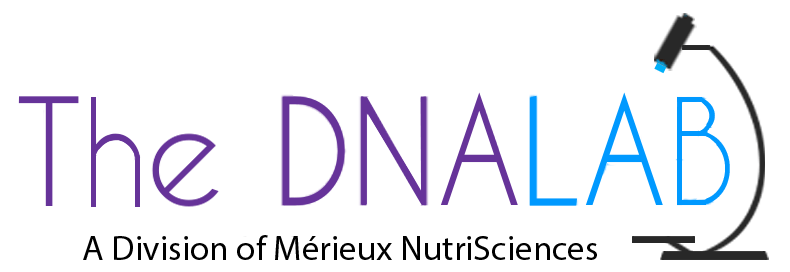The tiniest, most complicated set of instructions just got a little easier to read, thanks to a giant scientific project called ENCODE, which recruited more than 400 scientists from all over the world.
Those instructions reside in a long molecule called DNA. And one copy of this DNA resides within almost every cell, telling it how to operate.
Without DNA, life would be impossible. Trees have DNA; so do animals, mushrooms, bacteria, and people. Previous studies of human DNA determined the function of only a fraction of the molecule. The global team has been trying to understand what, if anything, the rest of that DNA might do.
ENCODE turned up evidence that the majority of the DNA molecule contains segments that may turn other portions “on” or “off.” Some segments may also control how DNA gets folded up.
Human DNA looks like a twisted ladder with about three billion rungs. Each copy of this ladder holds the human genome. That is a full set of all the genes, or genetic material, within a person. Nine years ago, scientists reported they’d finished mapping the entire human genome. They found many genes — about 21,000 — that make proteins. Although these molecules do much of the work in a cell, only about 2 percent of the genome is involved in making them. So scientists wondered what the remaining portions of DNA do.
About 80 percent of the genome has tasks to do, the new study suggests. In addition to the 21,000 protein-making genes, about 30,000 different portions of DNA make various types of RNA. These molecules do several different things. Some may assist in making proteins or perform other jobs, such as packaging DNA. Some may also act as switches that turn genes on and off. Understanding these switches is important since such changes can cause or prevent disease.
Based on ENCODE’s findings, scientists can now ask better questions — ones that will yield better answers than was possible right after human DNA was first mapped nine years ago, Eric Green told Science News. Green is the director of the National Human Genome Research Institute, which organized and paid for ENCODE (short for Encyclopedia of DNA Elements). Scientists working on the project published their new findings in more than 30 different scientific papers this month.
The scientists involved in ENCODE want to understand how all of the processes written into DNA determine what makes people similar and different. So now that they’ve mapped active layers within the entire genome, the fun part starts: figuring out precisely what they all do.



